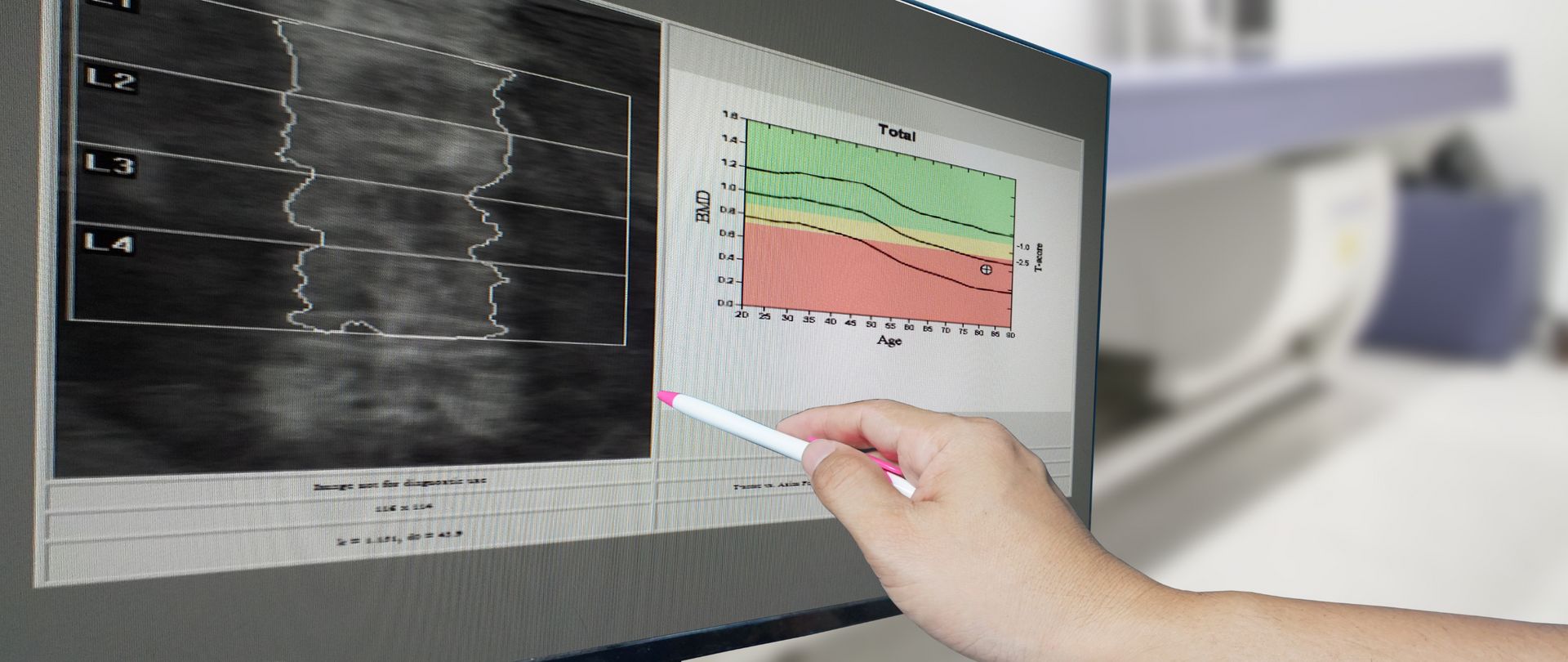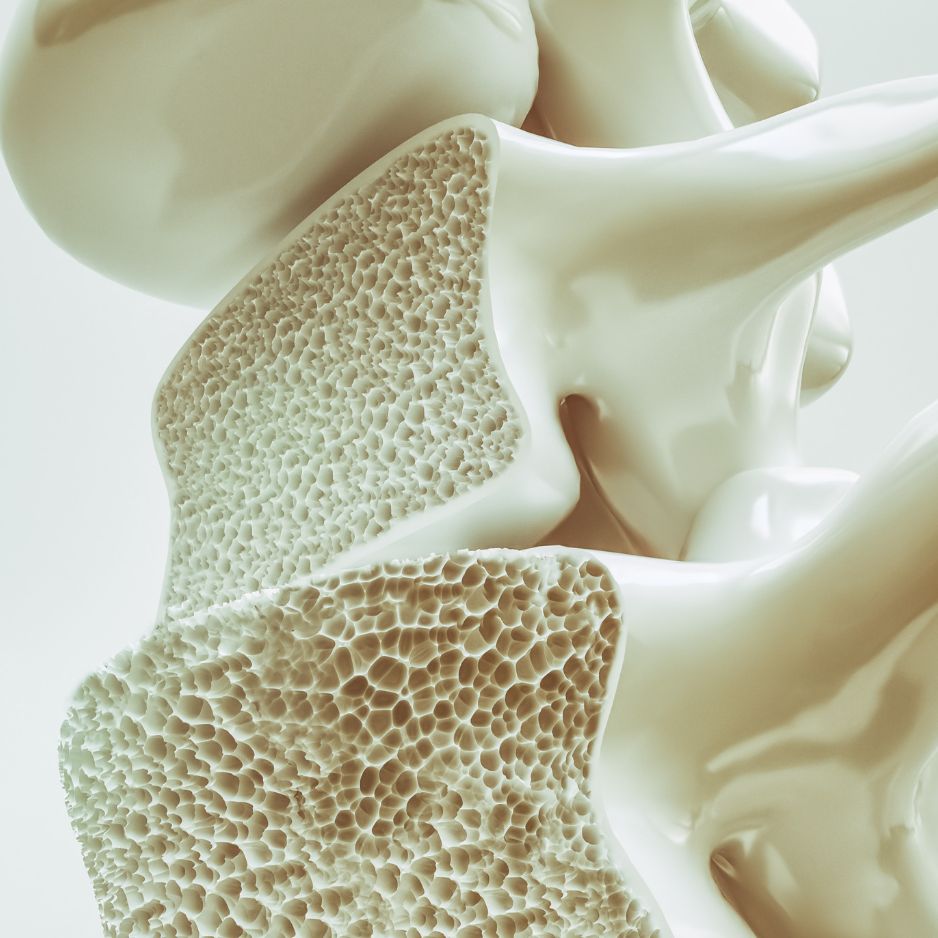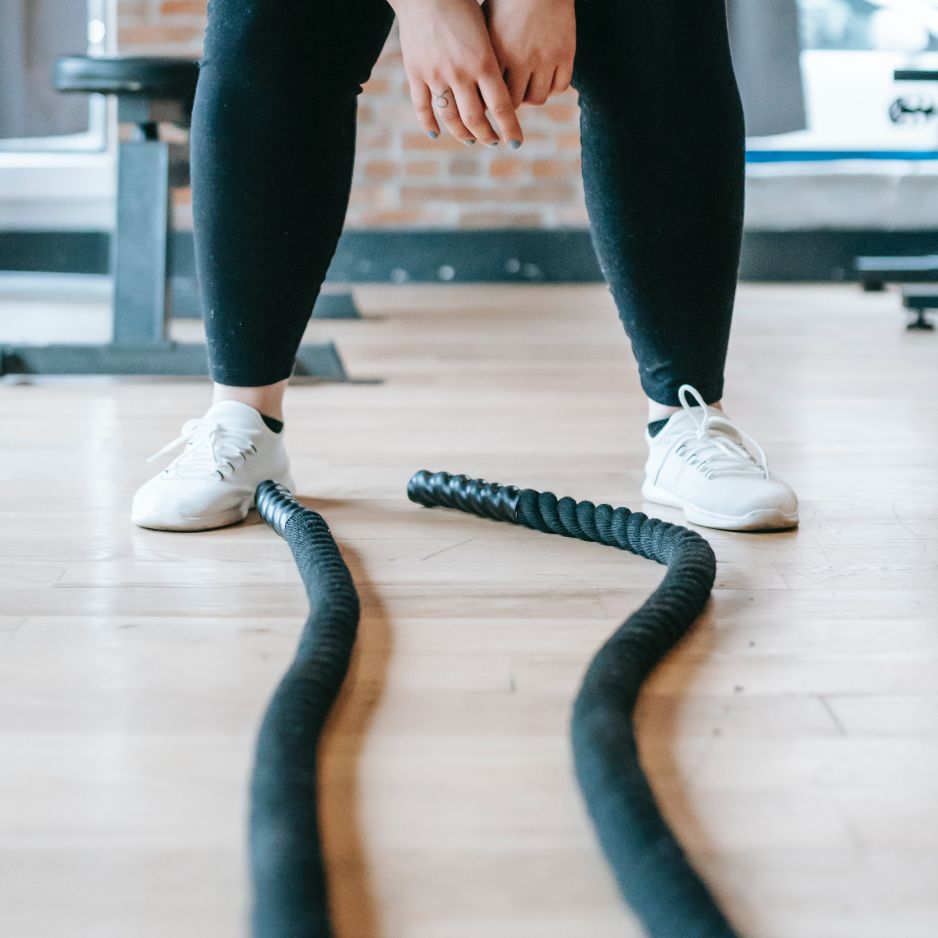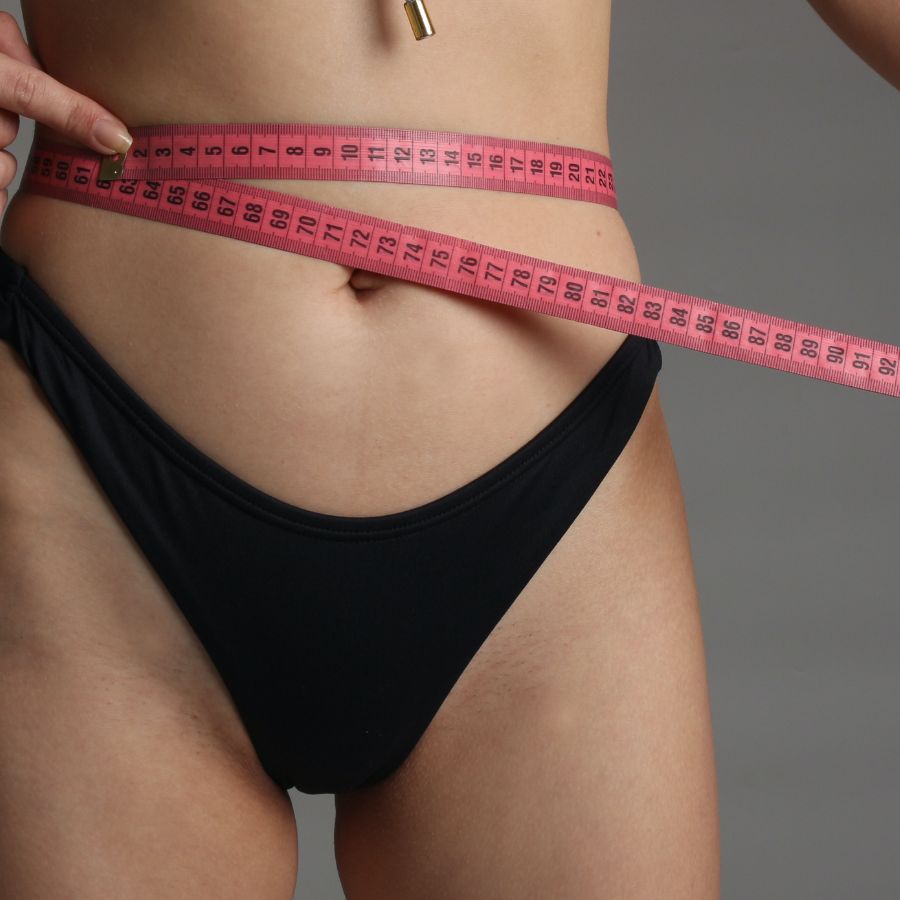A Guide to Bone Density Testing


Learn about bone density tests, bone density test results by age, comparisons of bone density test results across different age groups, and the use of BodySpec DEXA Body Fat Scans to accurately identify bone density. This informative article provides essential information on maintaining healthy bone density and preventing osteoporosis.
Bone Density Test:
A bone density test is a non-invasive diagnostic tool that measures the density of bones, usually in the hip and spine. This test is commonly used to diagnose osteoporosis, a condition that causes bones to become weak and brittle. Bone density tests can help detect bone loss early, which is critical for preventing fractures and other complications associated with osteoporosis.
Bone Density Test Results by Age:
Bone density test results can vary depending on a person's age, gender, and overall health. Generally, bone density tends to decrease as people age, which can increase the risk of osteoporosis and bone fractures. Some other key factors that can affect bone density test results include:
- Gender: Women tend to have lower bone density than men, especially after menopause when estrogen levels decrease.
- Lifestyle: Smoking, alcohol consumption, and a lack of physical activity can all contribute to low bone density.
- Health conditions: Certain medical conditions, such as thyroid disorders, celiac disease, and rheumatoid arthritis, can also affect bone density.
How do bone density test results compare across different age groups?
Bone density test results can vary widely across different age groups, as shown in the following table:
| Age Range | T-Score (Standard Deviations from the Average) |
|---|---|
| 20-29 | Above -1 |
| 30-39 | Above -1 |
| 40-49 | -1 to -2.5 |
| 50-59 | -1 to -2.5 |
| 60-69 | Below -2.5 |
| 70+ | Below -2.5 |
T-scores are a measure of bone density relative to the average bone density in young adults. A T-score of -1 or higher is considered normal, while a T-score between -1 and -2.5 indicates low bone density (osteopenia) and a T-score of -2.5 or lower indicates osteoporosis. It is important to note that these ranges are general guidelines and may not apply to all individuals.
How do BodySpec DEXA Body Fat Scans help identify bone density?
BodySpec DEXA Body Fat Scans are a valuable tool for accurately measuring bone density. These scans use a dual-energy X-ray absorptiometry (DEXA) machine to measure bone density in specific areas of the body, such as the hip and spine. By tracking changes in bone density over time, individuals can see if they are at risk of osteoporosis and take steps to prevent bone loss. BodySpec DEXA Body Fat Scans can also identify areas where bone density is low, which can be helpful for targeting specific problem areas.
Article Highlights:
- A bone density test is a non-invasive diagnostic tool that measures bone density in specific areas of the body.
- Bone density tends to decrease as people age, increasing the risk of osteoporosis and bone fractures.
- BodySpec DEXA Body Fat Scans can accurately measure bone density and identify areas of low bone density.
- Preventative measures, such as a healthy diet and exercise, can help maintain healthy bone density and prevent osteoporosis.


